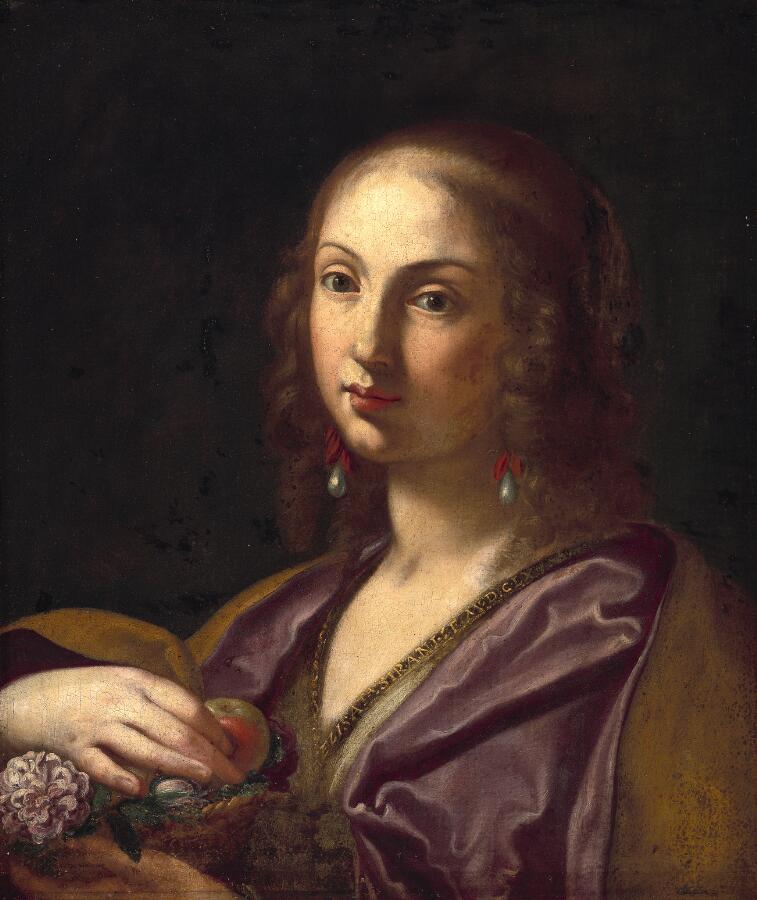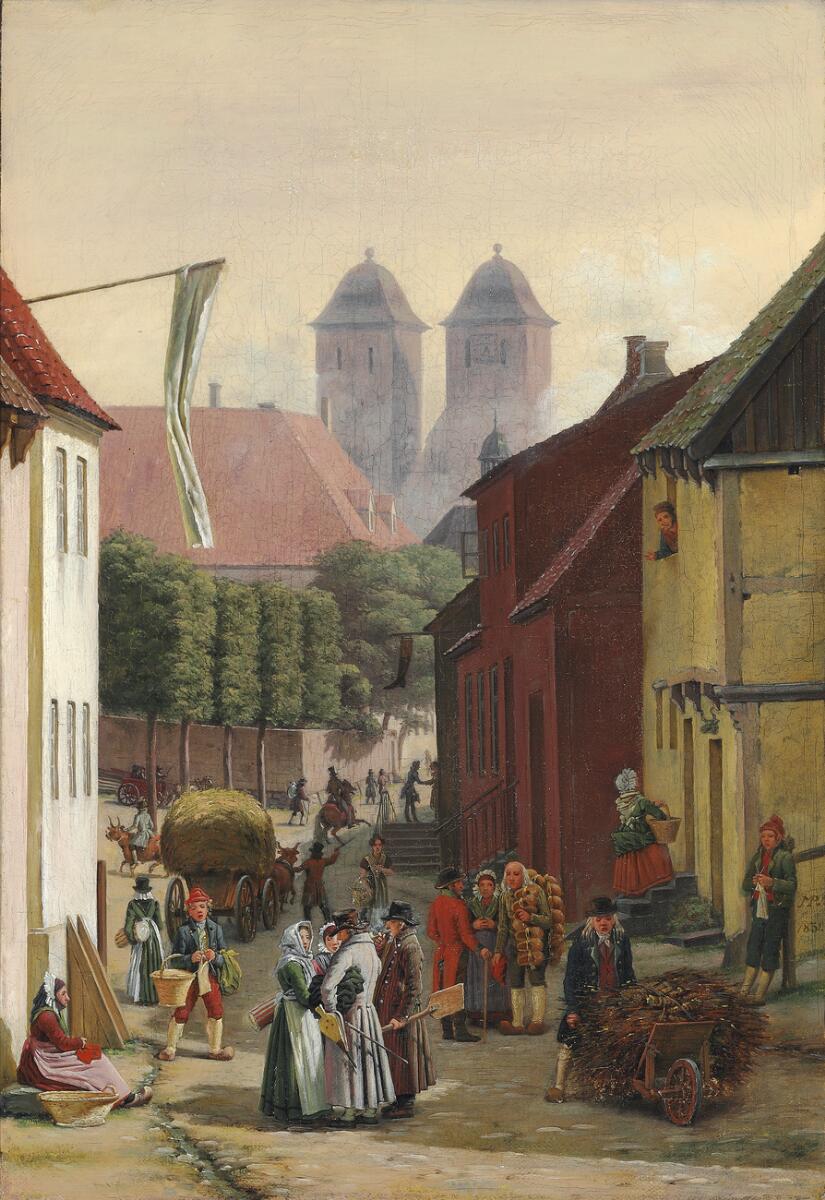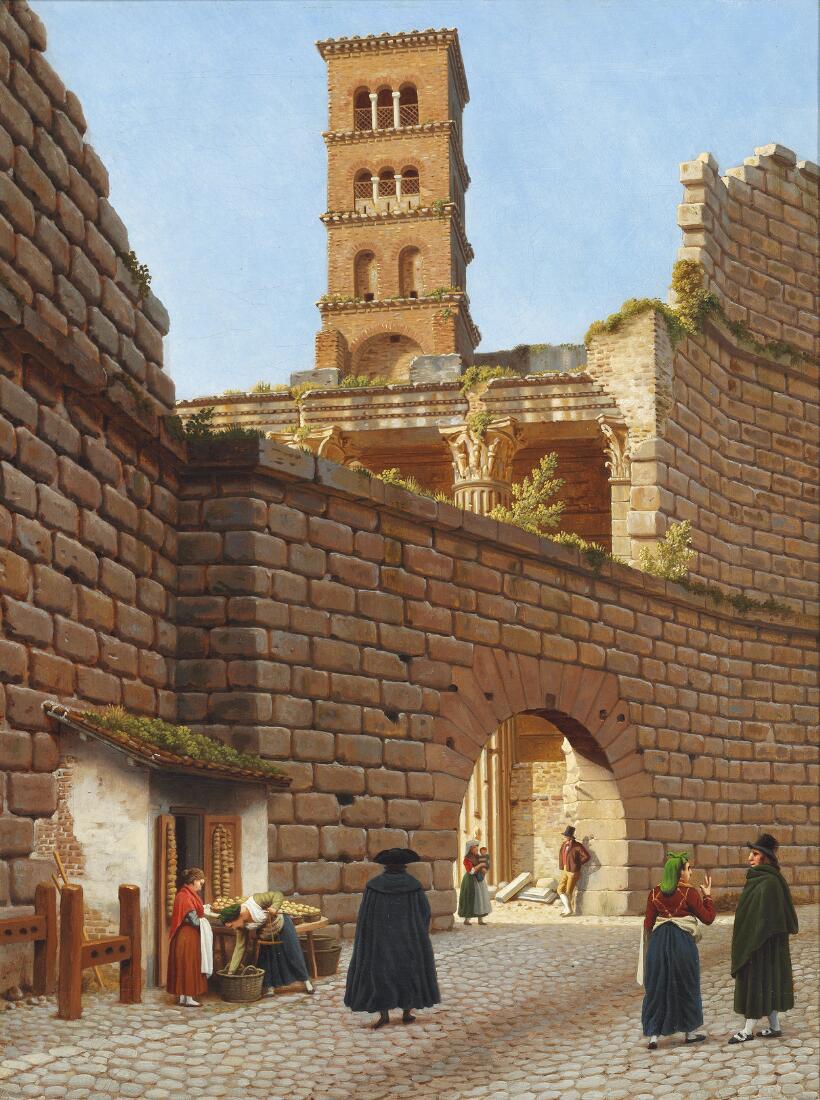Elisabetta Sirani – Portrait by a Female Baroque Painter
The story of the overlooked female painters has been told many times in recent years and with good reason. But when it comes to the Bolognese Baroque painter Elisabetta Sirani, the story actually doesn’t fit. She was gifted with an indisputable artistic talent and business acumen, enjoyed the support of her family, and her hometown of Bologna was among the most progressive and liberal Italian cities of the time. At the Live Auction on 29 November, you can bid on the earliest known portrait made by the artist.
Elisabetta Sirani (1638-1665) received a thorough education from her father Giovanni Andrea Sirani, who was a student of the Bolognese master Guido Reni, and already at the age of 17 she was considered a professional. She painted and drew diligently, while thorough training with the etching needle meant that she was one of the first female artists to master this discipline as well. When Sirani was in her mid-twenties, her father fell ill, and she was therefore given the responsibility of running the family’s workshop. She developed a practice in which she offered education to young women so that they would not, as was the custom, be apprenticed to their husbands, fathers or brothers. In addition to opening one of Europe's first schools for female painters, she can also take credit for much of the artistic development that arose among subsequent generations of female painters.
Portrait of the Christian Martyr DorotheaSirani steadily and surely moved away from Guido Reni's classical influence and began to work quickly, virtuosically and expressively. The present portrait is an excellent example of this style, with broad but confident brushstrokes, elegant use of light and shadow and a rich palette. The woman in the painting is the Bolognese noblewoman Ortensia Leoni Cordini. Here, she is portrayed as the Christian martyr Dorothea, who was executed by the Romans in ca. 300 AD, because she refused to be married on the grounds that she was already married to Christ. A Roman made fun of her and asked her to make her husband send him fruits and flowers. An angel appeared with a basket of roses and apples and the man converted to Christianity. The strong woman was a consistent theme for Sirani. Other examples in her production include “Judith”, who beheaded Holofernes, and “Timoclea”, who pushed her rapist down a well. |
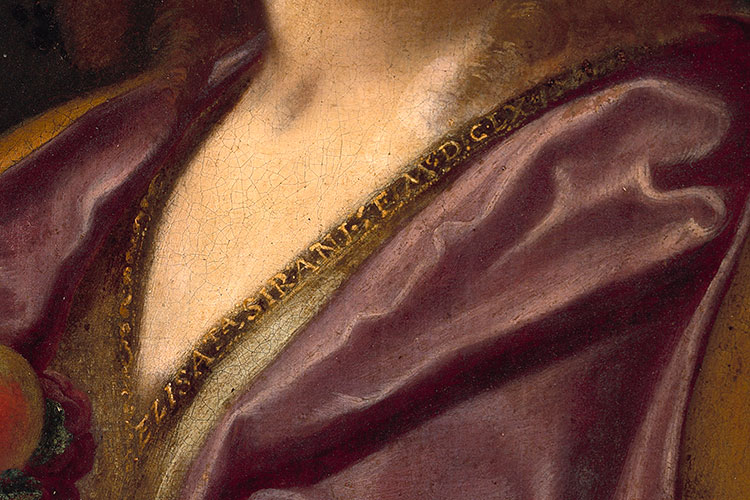
|
"In 1662, at the height of her career and only two years after the present portrait was made, the Florentine painter Il Volterrano called Sirani “the best brush in Bologna”. Her extremely sure hand meant that in a career spanning just 11 years she painted around 200 paintings – mostly historically themed. The portraits are rarer, and only about fourteen are known to exist today. She was known to be able to paint portraits like the one offered here in just one session with the model. Another reason for the large production was that Sirani could fully devote herself to art. She was unmarried, had no children and was therefore free from domestic duties, which were otherwise often imposed on women of the time and made any dream of becoming a full-time artist impossible."
Søren Kjerk Holmstrup, valuation specialist in fine art
Brief, but Successful, Career as an Artist
Throughout her short career, Sirani also showed numerous examples of her great talent for business. She gifted works to important clients to pave the way for future commissions, she invited important clients to the studio where they could see her work, and finally she was diligent about signing the paintings to drive home the point that she was a professional painter in her own right and not just another follower of Guido Reni. She died suddenly at the age of just 27 and was canonized as a martyr, just as Saint Dorothea had been 1300 years earlier. Her funeral became an event for all of Bologna, and she was buried next to her great idol and role model Guido Reni.
Elisabetta Sirani could look back on a career that few men of the time could even dream of, and her works were already part of some of Europe's most important collections. At the year’s final Live Auction in Copenhagen, you will have the chance to see and bid on this magnificent work by a female baroque painter.
Additional Artwork of Great Historical Value
In addition to an exquisite example of baroque art, the Live Auction includes many fine works from the Danish Golden Age. This selection includes two significant works by two of the period's most important artists, Christoffer Wilhelm Eckersberg and Martinus Rørbye, who depict the city life in Rome and Viborg respectively. Get a closer look at all the art up for auction at the preview in Copenhagen from 24 to 28 November.
|
|
|
|
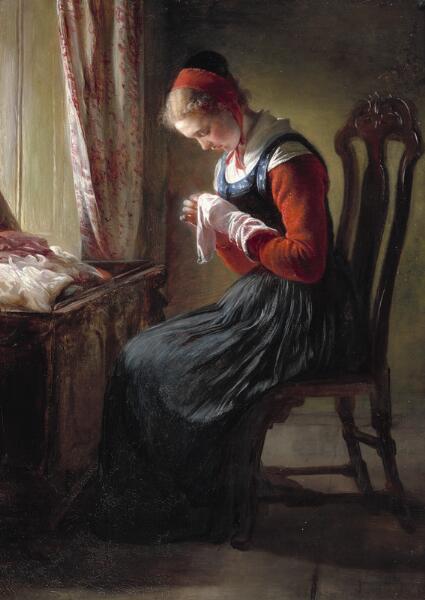
For further information, please contact:
|
|
Julie Arendse VossJulie Arendse VossHead of department / 19th Century & Old Master Paintings / København |
|
|
Søren Kjerk HolmstrupSøren Kjerk HolmstrupSpecialist / 19th Century & Old Master Paintings / København |
